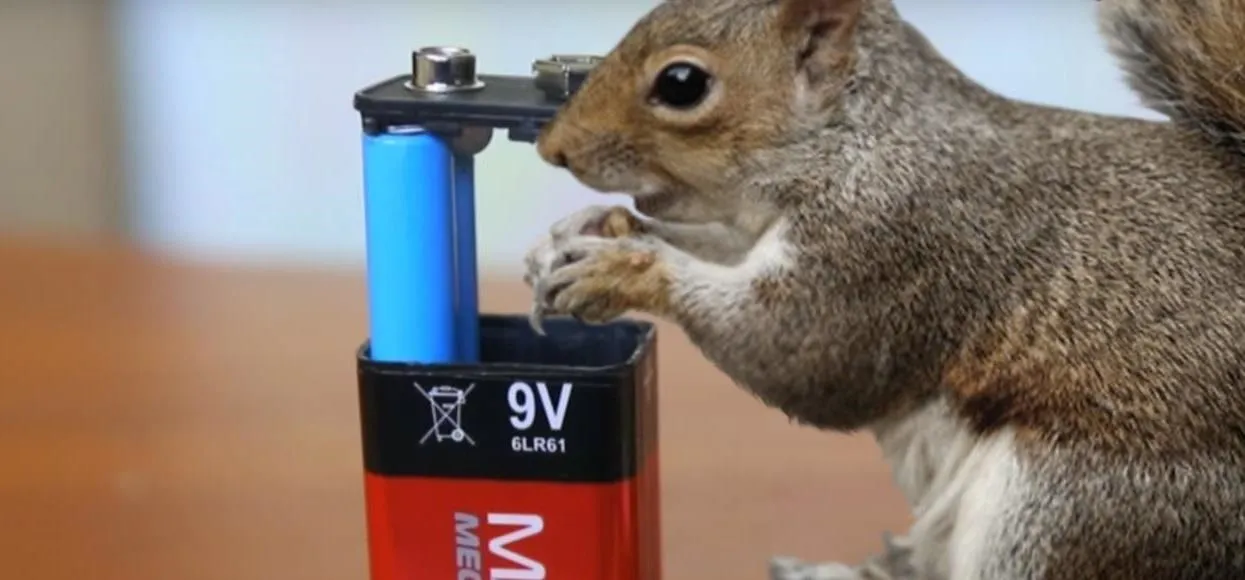Bees are the key to pollination and healthy vegetation, and wasps may help by assisting in pest control, but despite their benefits in the world, they're still a real pain in the ass if they're in your face.

This would probably warrant an expression stronger than "pain in the ass."
If you're not an avid gardener and don't have a caterpillar infestation to kill off, then having a bee or wasp nest in your backyard is unnecessary. It's also downright dangerous if you or someone in your household — even a pet — is allergic. Save that Epinephrine shot for another day.
There are plenty of cheap bee and wasp traps out there, but making one is relatively easy, and this guide will involve using only recycled materials. Plus, it gives you the leverage of making more than one trap if you need it, whether you want to eradicate them or just relocate them to a safer area away from your home.
Making Your Bee/Wasp Catcher
To start, make sure to have an empty 2-liter bottle, a utility blade, and a stapler. The blade can be substituted with a knife or scissors (just be careful).
Cut the bottle all the way around about 5 inches from the top. Flip the piece you just cut off, place it in the other half of the bottle, and staple it in place. If you don't have any staples, tape or glue will probably work just fine. If you want to hang it outside, some wire will do the trick.

Jaira Koh/WonderHowTo
Then you just make sure to have the appropriate bait inside.
Using the Right Bait Mixtures for Your Trap
Wasps and bees love sugar, as it actually provides them with energy on a busy day, so you will need some type of sugar mixture. However, keep in mind that while wasps will hunt down any sugar liquid they can find, bees usually will stick to natural nectars unless there are none around, in which case they would try to replenish their tired selves with your sugary solution. Some options include:
- sugar and water
- sugar and lemon juice
- soda
- maple syrup and water
- other types of artificial nectar

This is really all that's needed. The trap-building is just to make sure the insects don't make a mess as they die or get trapped.
If you're looking for a no-kill trap, just put a little bit in on the bottom so they won't drown. This is a popular method for indoor traps so you can release the bugger back in the wild. Using a bunch of these with little faux nectar outside will also help you when it comes time to relocating the nest or hive. Just make sure to check the trap daily because they will die eventually if you don't let them out.
If your goal is to kill the bees or wasps, then fill up the entire bottom of the bottle with your sugary mixture of choice to drown them. Just make sure there is enough space between the threaded bottle top area and the liquid.

These are both kill traps. Pinterest-ready on the left, somewhat nauseating on the right. If you want a no-kill trap, use barely any mixture, just enough to suck them in but not drown them.

These are both kill traps. Pinterest-ready on the left, somewhat nauseating on the right. If you want a no-kill trap, use barely any mixture, just enough to suck them in but not drown them.
Make Sure to Always Stay Safe!
Adding a higher volume of liquid will increase the chances of attracting and killing the insects, but with the dwindling numbers of honey bees, you may want to refrain from killing these passive bees; they're just looking for something to pollinate, especially if you have a garden or some flowers outside.
Wasps are slightly more aggressive and seem to be increasing in population, so your conscience should be fine if you decide to drown or exterminate these beasts. At least, mine would.
Worried about getting stung in the process? Check out Yumi's illustrated guide on relieving itchy bee stings. Also, just in case it happens, make sure you know how to survive a deadly bee attack, something Macaulay Culkin's character would have really benefited from in My Girl.
Cover image by Jaira Koh/WonderHowTo


























Comments
Be the first, drop a comment!